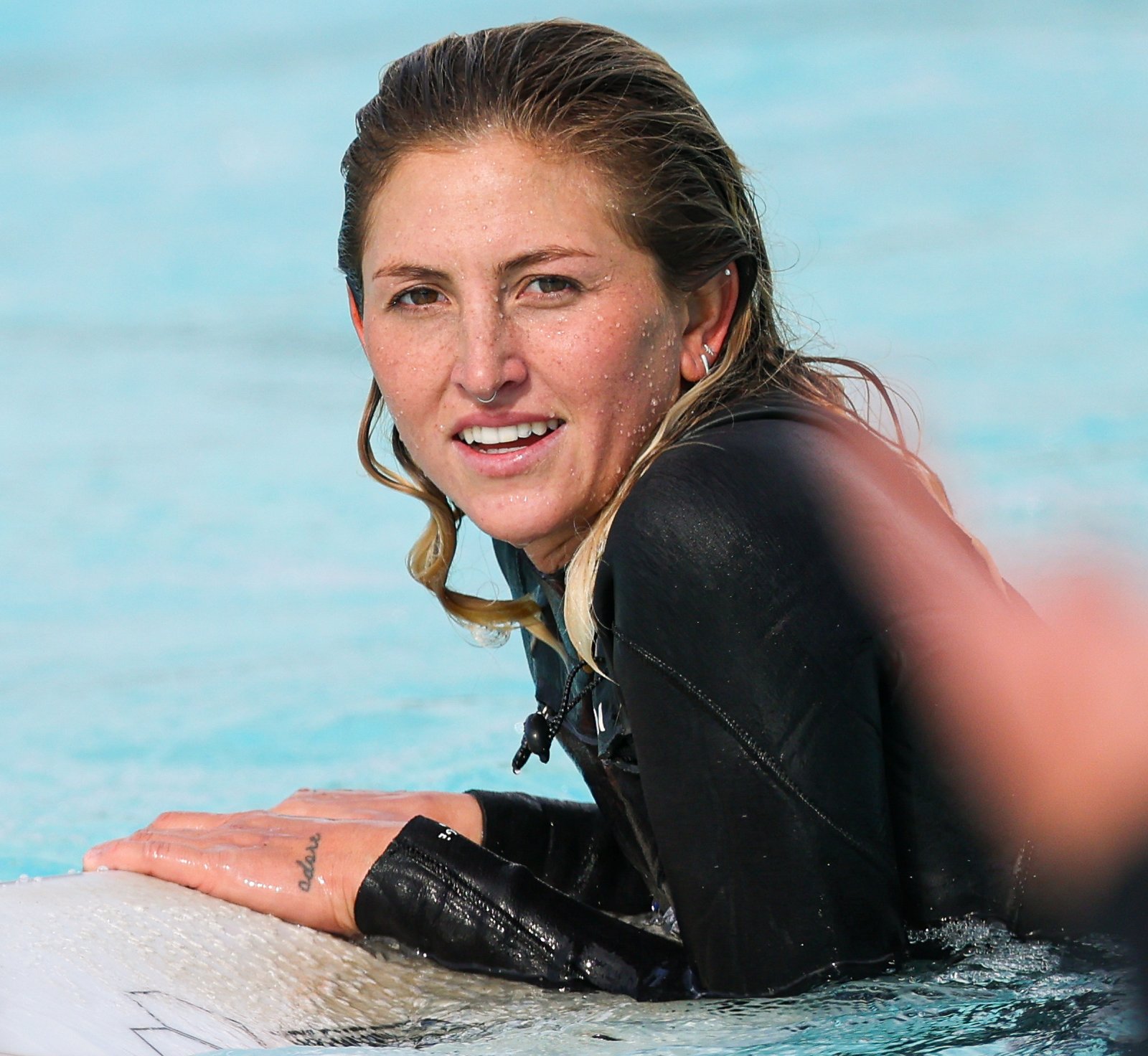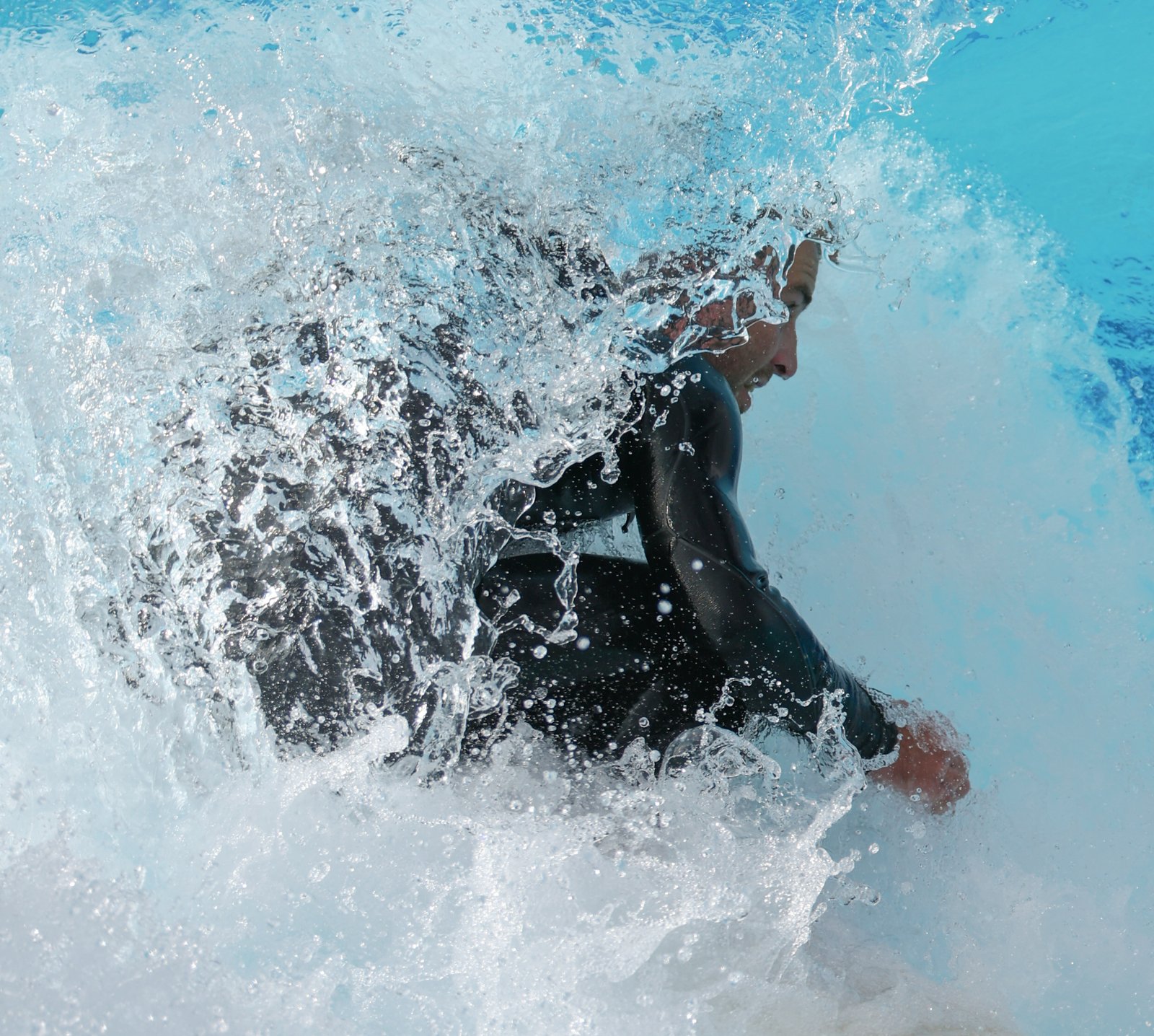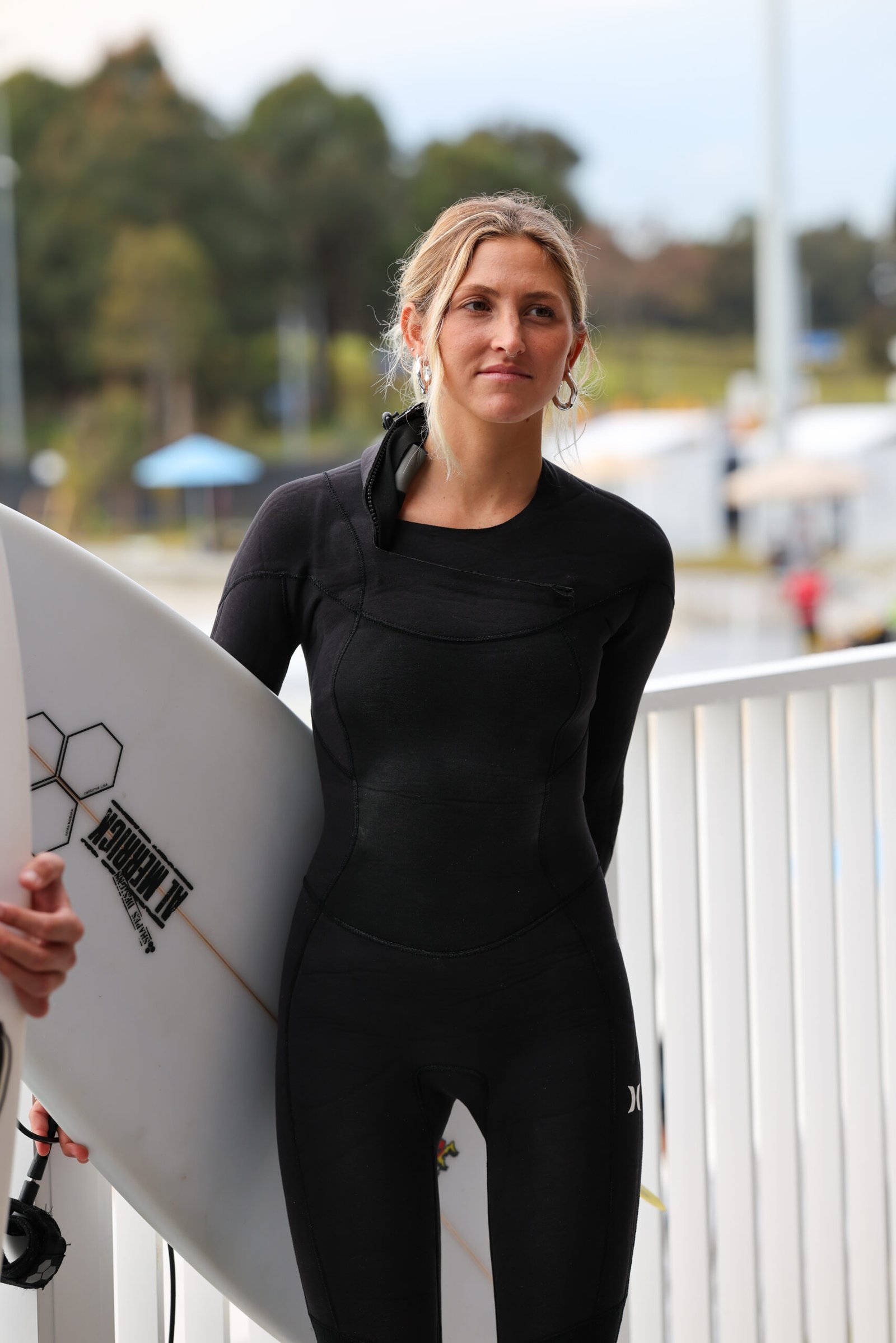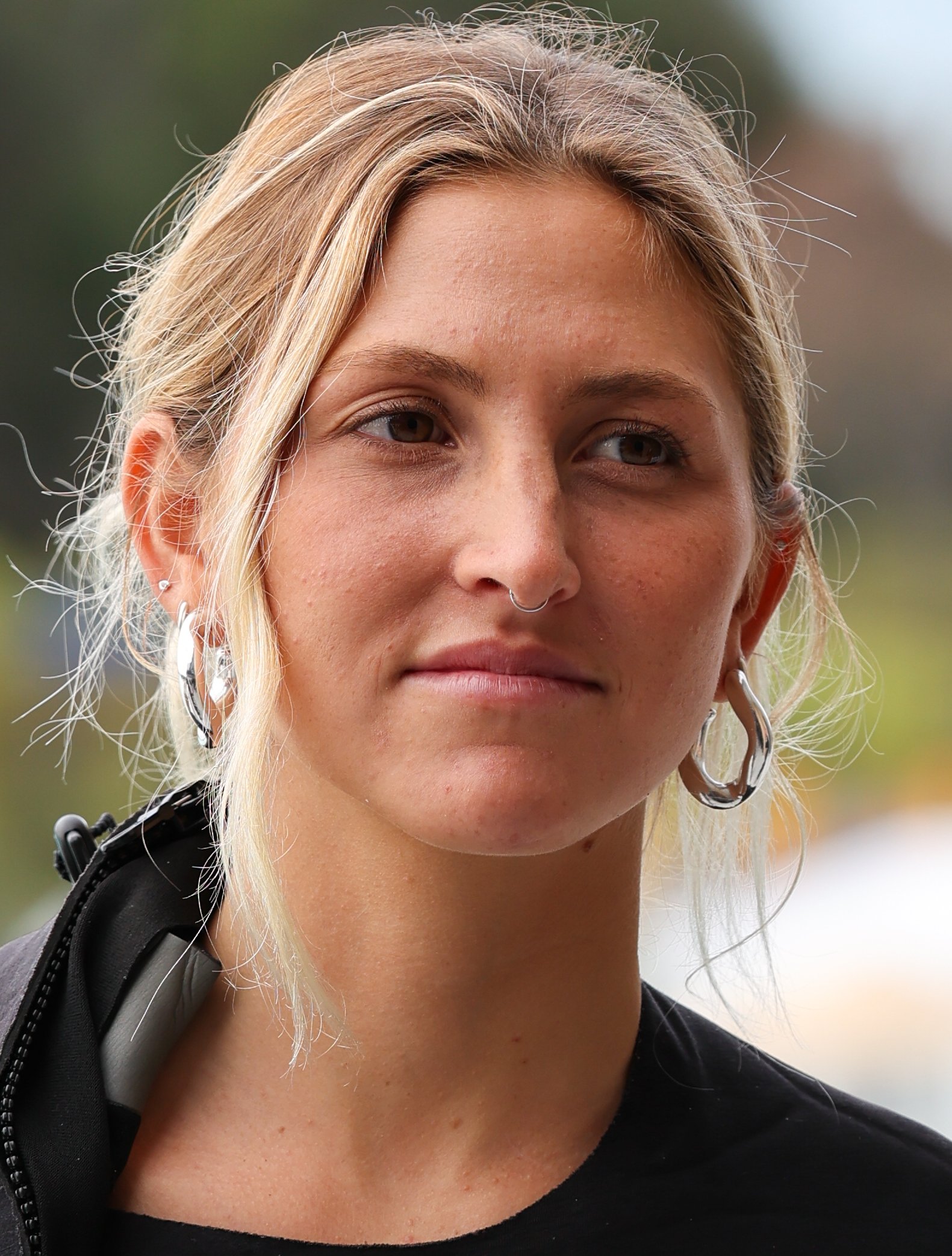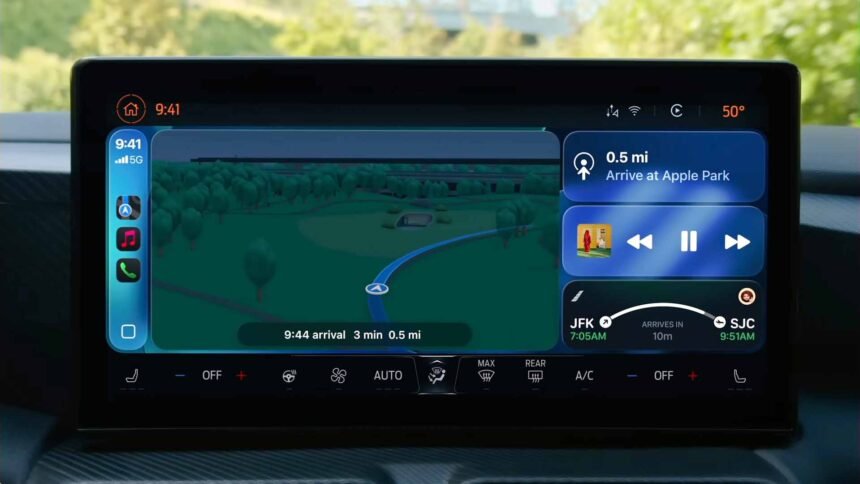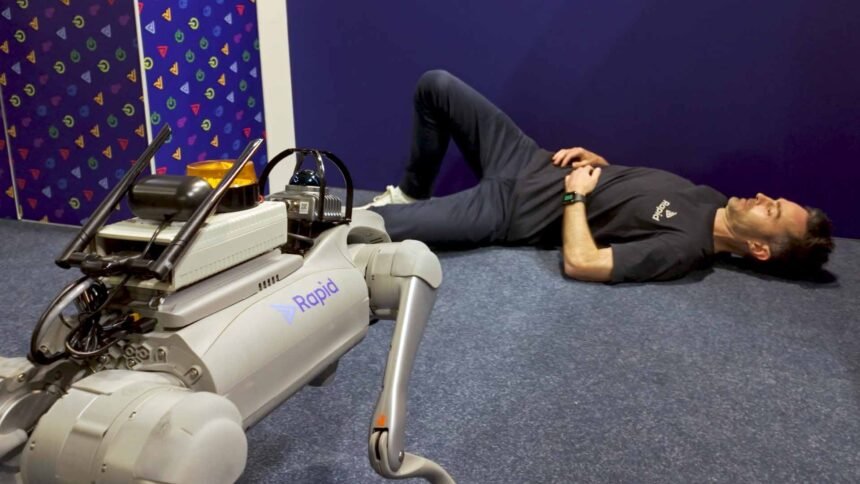EARLY REVIEW
Canon has confirmed the specifications and features of its new flagship, the EOS R1 mirrorless professional camera. The company also announced an update to the R5, the EOS R5 Mark II.
Both cameras have two processors – the DIGIC Accelerator and the high-performance DIGIC X image processor. As you can see by the table below the new cameras share a lot of technologies but they are very different beasts.
Key Specifications
| Specification | EOS R1 | EOS R5 Mark II |
|---|---|---|
| Sensor | 24.2 MP full frame back-illuminated stacked sensor | 45 MP full frame back-illuminated stacked sensor |
| Pre-continuous shooting | Up to 20 frames | Up to 15 frames |
| Continuous shooting rate | 40fps | 30fps |
| Customisable continuous shooting speed | Yes | Yes |
| Blackout-free EVF | 9.44M dots | 5.76M dots |
| Processor | New processor DIGIC Accelerator and Accelerated Capture | New processor DIGIC Accelerator and Accelerated Capture |
| Image and Noise Reduction | In-camera upscaling and Neural Network Noise Reduction | In-camera upscaling and Neural Network Noise Reduction |
| Grip | Integrated vertical grip | Optional grips available |
| Design | Compact and lightweight | Compact and lightweight |
| Auto Focus |
Dual Pixel Intelligent AF Registered people priority Action priority Enhanced eye-control AF performance Focus down to -7.5EV Cross AF 2-Stage AF-ON button |
Dual Pixel Intelligent AF Registered people priority Action priority Enhanced eye-control AF performance Focus down to -6.5EV |
| Image Stabilisation | Up to 8.5 stops of Image Stabilisation | Up to 8.5 stops of Image Stabilisation |
| Video | 6K 60p RAW with 4K video at up to 120p and 60p oversampled from 6K | 8K 60p RAW with 4K video at up to 120p and 60p oversampled from 8K |
| Compatibility | Extra compatibility with EOS VR System | Extra compatibility with EOS VR System |
| Picture Support |
Custom Picture support XF-HEVC S/XF-AVC S Canon Log 2/Log 3 LPCM/24bit/4CH audio Dual shooting (still and movie) Proxy movie support |
Custom Picture support XF-HEVC S/XF-AVC S Canon Log 2/Log 3 LPCM/24bit/4CH audio Dual shooting (still and movie) Proxy movie support |
| Monitor | Waveform monitor | Waveform monitor |
| Connectivity |
Wi-Fi 6E 2.5Gbps Ethernet in-camera Dual threaded FTP transfer |
Wi-Fi 6E Dual threaded FTP transfer |
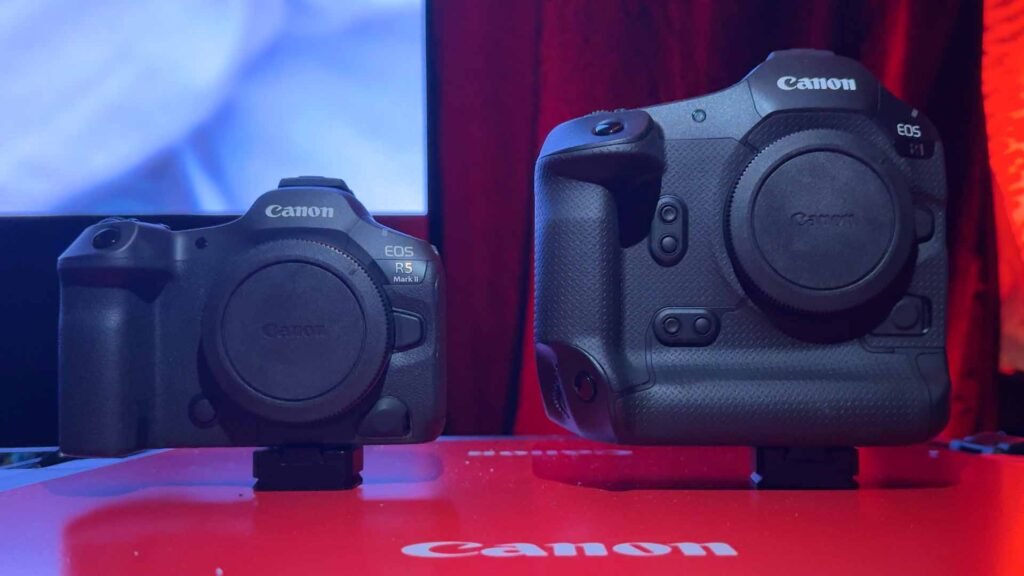
The R1 is all about nailing the shot. It’s squarely aimed at sports, news and wildlife photographers. That’s why it ‘only’ has a 24.2 MP full frame back-illuminated stacked sensor and not 32 MP plus.
“The R1 is all about nailing the shot”
When you shoot subjects like sport, news and wildlife, you only get one chance to nail the shot. I wish the R1 had a global shutter and I wish it had more megapixels but in the end it’s about locking onto your subject and not letting go.
The R1 has a new Cross Type AF system that excels when shooting through a tennis net, picking out smaller subjects and locking on to vertical detail in situations where horizontal detail is missing from the subject under the AF area.
Its first big test will be at the upcoming Paris Olympic Games.
I think it’s fair to say the R1 should have been called the R3 Mark II. It makes sense given the logical improvements. But having used it – it absolutely feels like a Canon flagship in the hand. You can blast away for ten seconds before hitting a bottleneck.
I’m not here to defend Canon but I’ve seen some of the commentary about the R1 and it’s way off base. This camera is for pros and it’s built like a tank. It’s 24 MP for a reason and that’s performance.
“It’s 24 MP for a reason and that’s performance”
During the preview session at URBNSURF SYDNEY we got to test just how accurate the autofocus and subject tracking is on the R1. The new Canon flagship can rattle off 40 frames per second with electronic shutter active and up to 20 frames of pre-continuous shooting.
Although we were given pre-production models to play with the R1’s insanely fast autofocus and sticky subject tracking nailed every single shot. There wasn’t much time to dig into the settings so for the most part it was spray and pray.
We were restricted to JPEGs as RAW compatibility is not yet available. However, I did capture RAW shots simultaneously to see how well the camera handled the data stream. It had no problem.
Here are some R1 examples.
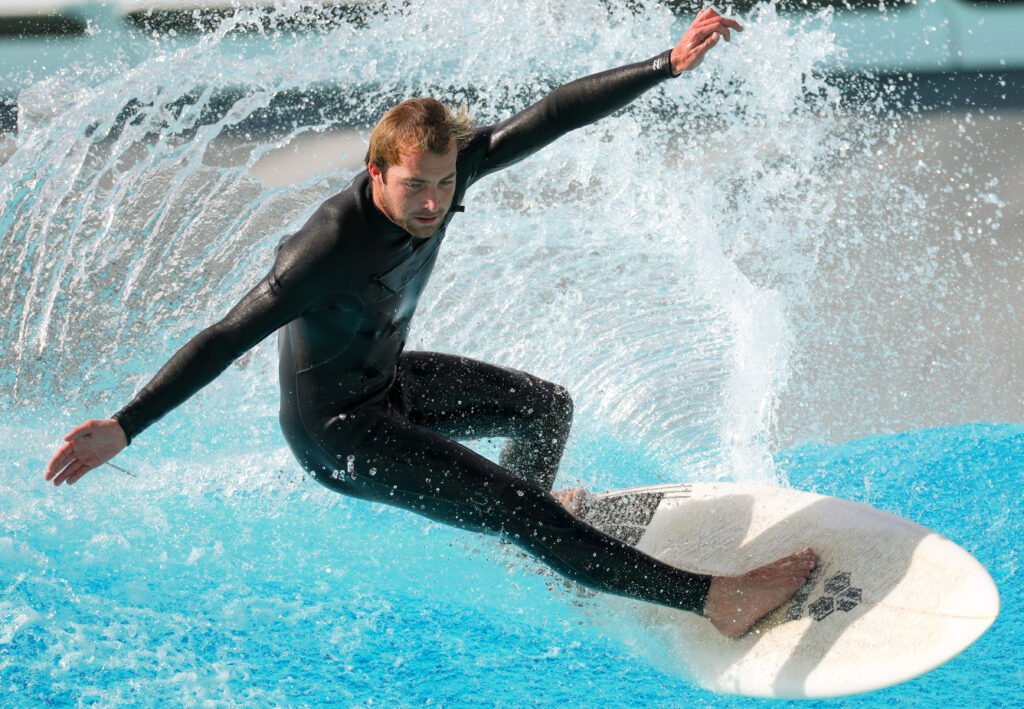
CREDIT: DJURO SEN – CANON R1 + RF 600MM F4 :: 1/3200 – f/4 – ISO 200
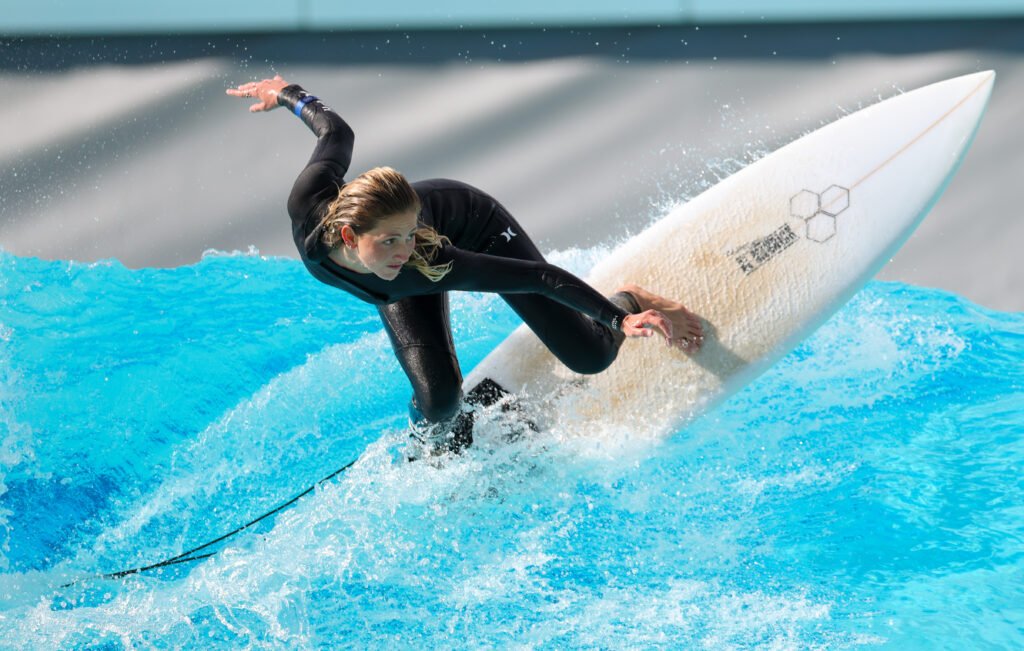
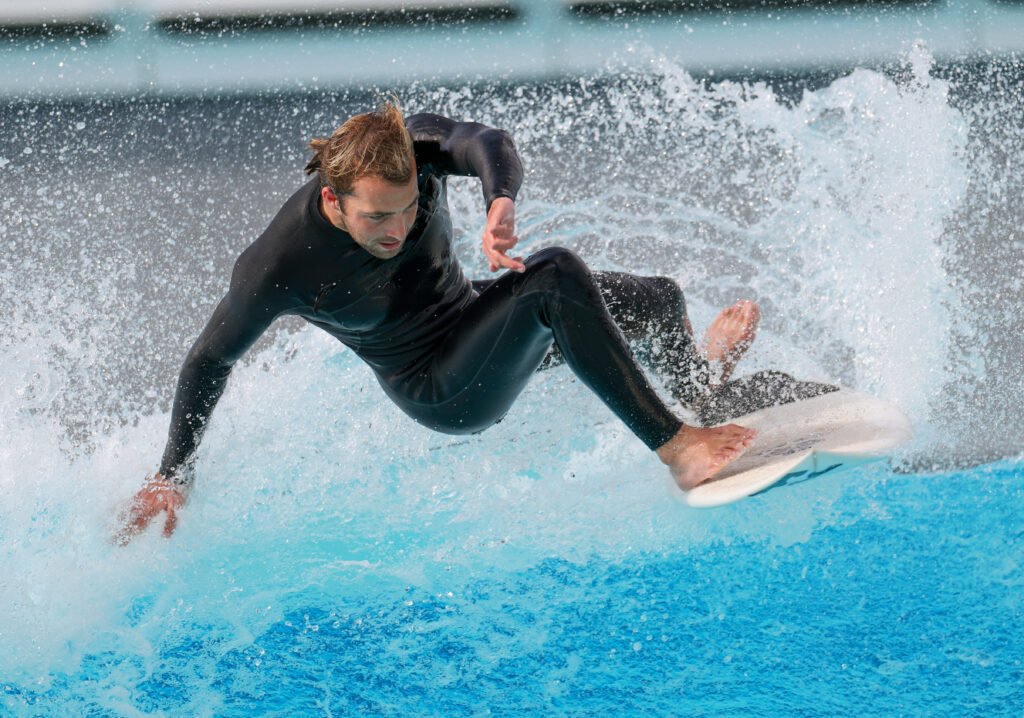

The R1 shots above are either as framed or cropped slightly. Keep in mind you only have 6000 x 4000 pixels to play with so it’s best to nail the frame in the moment. However, there will be times when you have to crop in substantially.
Users can also crop and upscale in-camera making it that much easier to send out photos without editing via separate applications.
But even when doing a standard crop in post, the results are excellent. The examples below show the full frame and the crop. I was pretty happy with the way they held up. If it was a breaking news story you wouldn’t even notice. Just drag the slider to compare.
SLIDE TO CROP – CREDIT: DJURO SEN – CANON R1 + RF 600MM F4 :: 1/3200 – f/4.5 – ISO 320
The next shot comparison also demonstrates that it’s pretty much impossible to shoot your subject out of focus. The water was closing in and the surfer was facing away from the camera. This is what matters – not super high resolution.
SLIDE FOR CROP – CREDIT: DJURO SEN – CANON R1 + RF 600MM F4 :: 1/2500 – f/4.5 – ISO 160
Both cameras feature the latest version of Dual Pixel CMOS – Dual Pixel Intelligent AF. It has the ability to more accurately track subjects, by identifying the face and upper bodies of players and avoiding obstacles or other players. The videos below show how the new features work.
On top of that, a photographer can register specific faces so the camera can track and give priority to players in a football game for example. You can list up to 10 faces.
ACTION PRIORITY is a new mode that automatically identifies common action poses in basketball, soccer and volleyball.
Canon MUST expand this to other sports. It ensures during the chaotic action on the pitch, the camera will lock onto the player most relevant to the ball. Believe me, this is incredible.
“Canon MUST expand this to other sports”
This is hands down the best new feature on the R1 and R5 II.
EYE-CONTROL AF has been improved from the R3 and is available in both of the new models. A higher pixel count sensor, enhanced LEDs, a larger eye detection area, and an updated detection algorithm all combined for a more manageable way to select a subject.
THE SENSORS on the R1 and R5 II offer faster shooting speeds and faster sensor readout with a 40% reduction of rolling shutter compared with the R3. This puts the R1 on the same level as the mechanical shutter in the EOS-1D X Mark III. The R5 II has a massive 60% reduction in rolling shutter compared with the original R5.
The cameras feature a pre-continuous shooting function offering up to 20 frames (for EOS R1) and 15 frames (for EOS R5 Mark II) to be captured in HEIF/JPEG or RAW format at any frame rate before the shutter is pressed.
The viewfinders are big and bright. The R1 has the highest resolution at a staggering 9.44M dots and the EOS R5 Mark II is twice as bright as the R5. When I first picked up the R5 II it was very noticeable.
Both cameras feature up to 8.5 stops of image stabilisation performance in the centre and 7.5 stops at peripheral.
When it comes to the R5 II you have plenty of resolution to play with thanks to a 45 MP full frame back-illuminated stacked sensor. Take a look at this static shot below and just how good the crop turns out.
EOS R5 II OFFERS OUTSTANDING CLARITY WHEN CROPPING THANKS TO ITS 45 MP SENSOR
VIDEO
The R1 and R5 II can also support Canon’s cinema line with the R1 able to shoot
Canon Log 2 & Canon Log 3. Canon Log 2 enables shooting with dynamic range of up to 16 stops. The R1 shoots at 6K 60fps or 4K at 120fps, along with Full HD at 240fps.
R1 Recording Specifications
| Specification | Details |
|---|---|
| Format | XF-HEVC S / XF-AVC S |
| Recording format |
RAW: Yes HEVC: YCC422 10 bit / YCC420 10 bit AVC: YCC422 10 bit / YCC420 8 bit |
| Movie recording size | Resolution: RAW / SRAW / 4K-D / 4K-U / 2K-D / Full HD |
| Frame rate (fps) | 236.76 / 200.00 / 119.88 / 100.00 / 59.94 / 50.00 / 29.97 / 25.00 / 24.00 / 23.98 |
| RAW format | Standard RAW / Light RAW |
| Compression method | High Quality Intra / Standard Intra / Light Intra / Standard LGOP / Light LGOP |
| Image quality | Fine / Normal |
| High Frame Rate movies | Yes |
| Movie cropping | Yes |
| HDR movies | No |
| Time-lapse movies | No |
| Custom Picture | Yes |
| Audio format | LPCM / 24bit / 4CH; AAC / 16bit / 2CH |
| Built-in microphone | Monaural |
| Pre-recording | Yes |
| Tally lamp | Yes |
| Max. recording time per recording | Normal movies: 6 hr. (59.94 fps or less) |
| HDMI RAW output | Yes |
| Dual shooting (still & movie) | Yes |
If video is a major part of your work than the R5 II is the camera for you. Check out the 8K video below shot handheld with the RF 70-200mm zoom lens.
Again, the inclusion of Canon Log 2 & Canon Log 3 is a massive deal for videographers. The R5 II really makes the case at the ultimate all rounder.
With its larger megapixel count and excellent video capabilities, it’s going to sell very well. It can shoot 8K/60p from the full width of the sensor and 12-bit RAW recording internally, along with 4K video at up to 120p with sound.
R5 MARK II 4K/100P SLOWMO VIDEO SHOT HANDHELD AND WITH MONOPOD
There’s also the possibility to record video proxies, industry-standard file naming, and structured folders to enhance post-production workflows. Shooting footage for immersive video is also made easier with enhanced preview and playback navigation.
R5 II Recording Specifications
| Specification | Details |
|---|---|
| Format | XF / HEVC S / XF AVC S |
| Recording format |
RAW: Yes HEVC: YCC422 10 bit / YCC420 10 bit AVC: YCC422 10 bit / YCC420 8 bit |
| Movie recording size | Resolution: RAW / SRAW / 8K D / 8K U / 4K D / 4K U / 2K D / Full HD |
| Frame rate (fps) | 236.76 / 200.00 / 119.88 / 100.00 / 59.94 / 50.00 / 29.97 / 25.00 / 24.00 / 23.98 |
| RAW format | Standard RAW / Light RAW |
| Compression method | High Quality Intra / Standard Intra / Light Intra / Standard LGOP / Light LGOP |
| Image quality | Fine / Normal |
| High Frame Rate movies |
With audio: Yes Without audio: Yes |
| Movie cropping | Yes |
| HDR movies | Yes (HDR movie mode) |
| Time-lapse movies | Yes |
| Custom Picture | Yes |
| Audio format | LPCM / 24bit / 4CH, AAC / 16bit / 2CH |
| Built-in microphone | Monaural |
| Pre-recording | Yes |
| Tally lamp | Yes |
| Cooling fan setting | Yes |
| Max. recording time per recording | Normal movies: 6 hr. (59.94 fps or less) |
| HDMI RAW output | Yes |
| Dual shooting (still & movie) | Yes |
There’s a new higher performance LP-E6P battery to handle the extra workload. To combat overheating a Cooling Fan Grip has been specifically designed to extend shooting periods. That’s a separate purchase.
PRICE AND AVAILABILITY
EOS R1 is priced at A$10,999 RRP (including GST)
The EOS R1 is scheduled to be available in Australia from November 2024.
EOS R5 Mark II at A$6,699 RRP (including GST).
EOS R5 Mark II from August 2024.
Looking around, dealers are already offering A$500 discounts.
This is the first of several reports on the R1and R5 Mark II so stay tuned.



